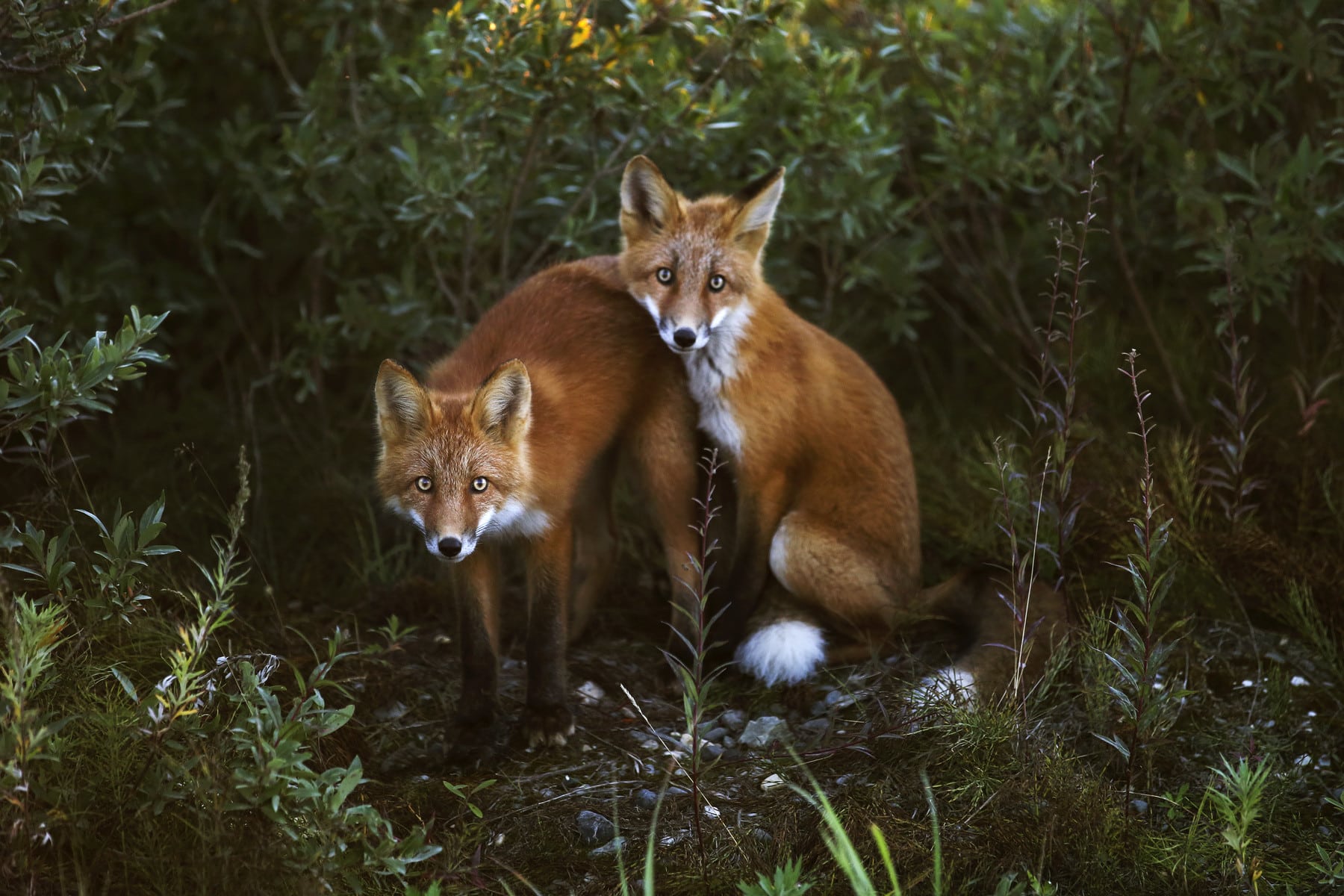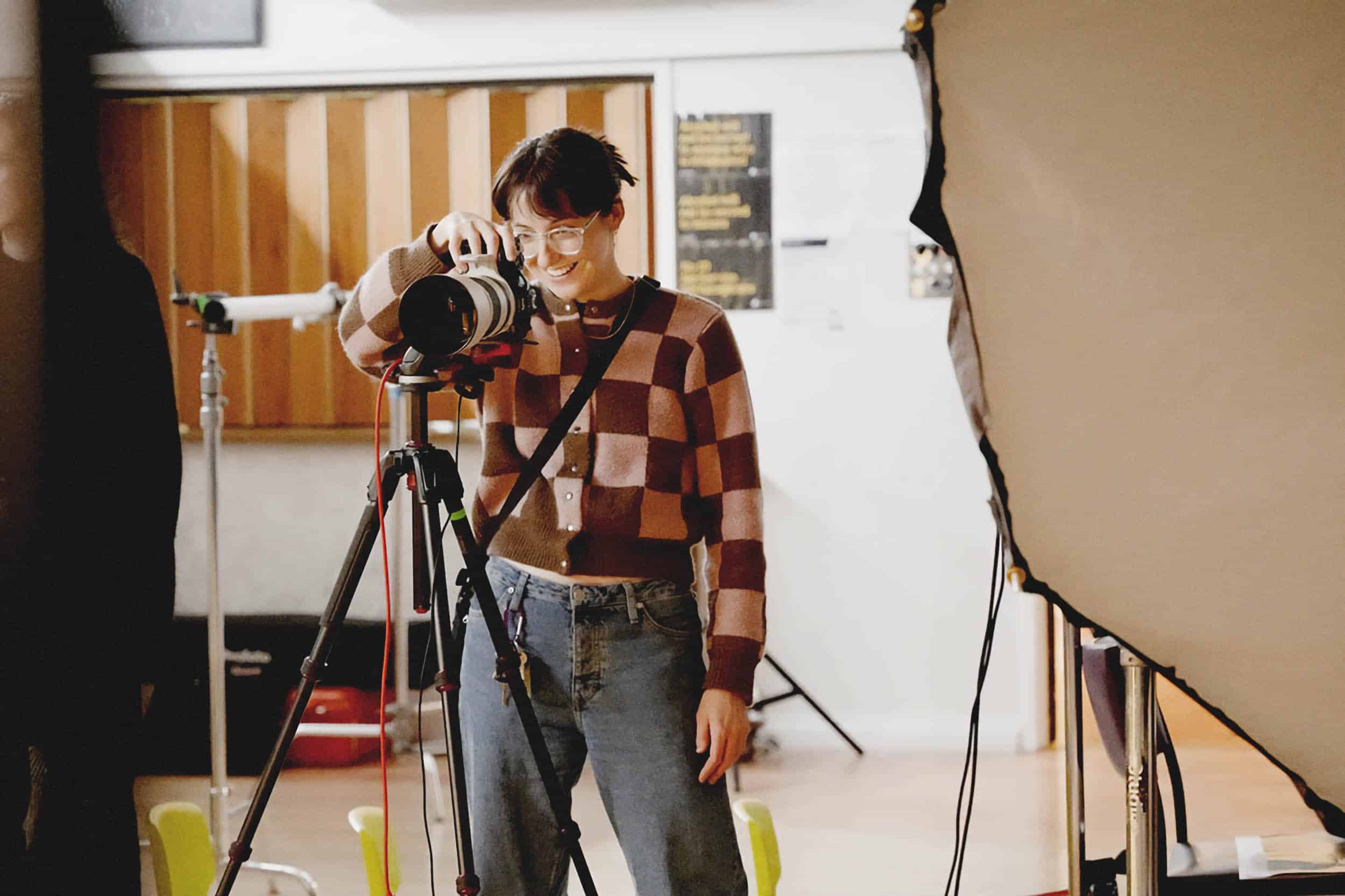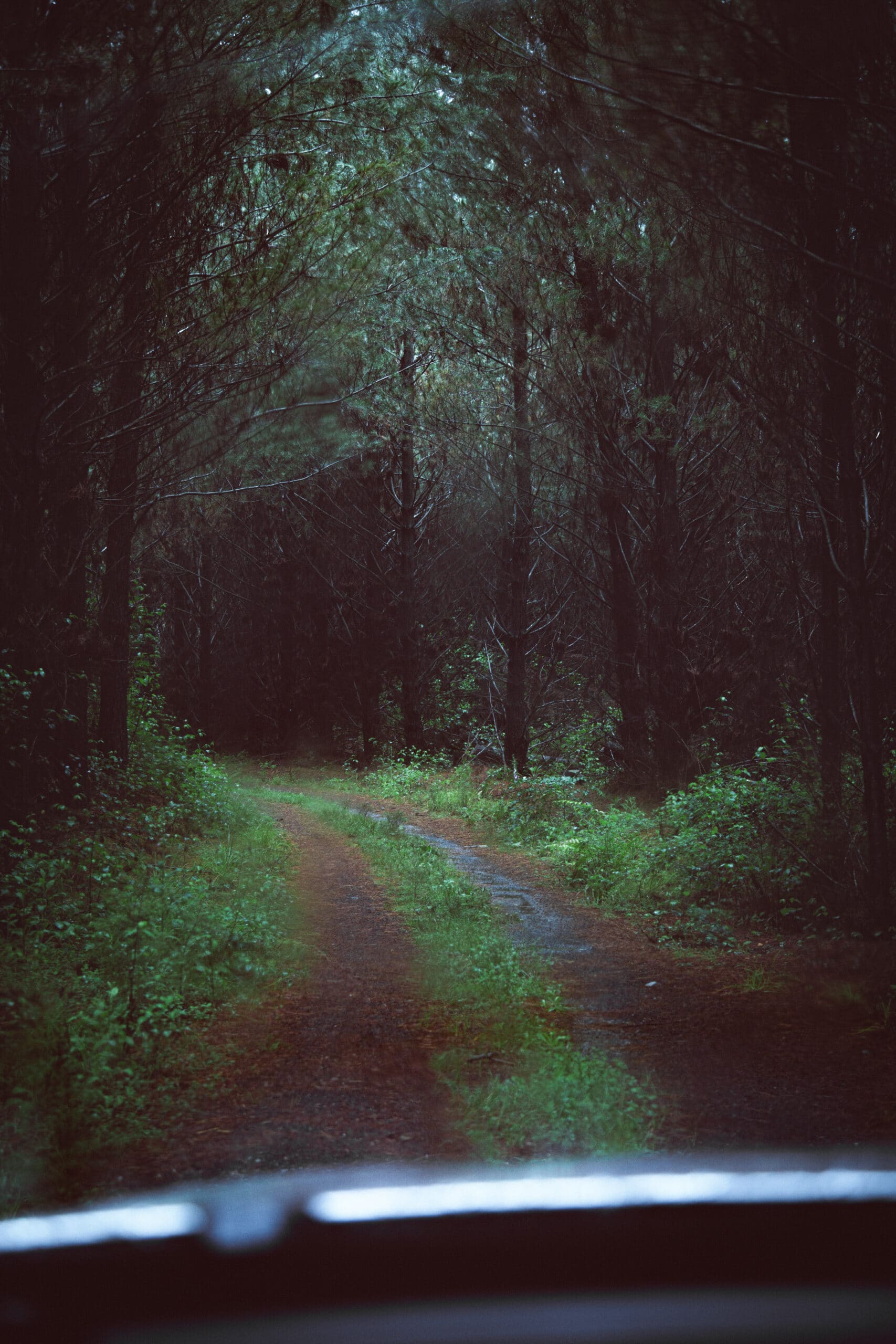The best wildlife photographers are masters at getting close to the animals they photograph, yet also keeping their distance and respecting nature. It’s a tricky balance that can feel like a contradiction. If you’re photographing lions and tigers, avoiding disruption can be a matter of personal safety. However, when it comes to most animals, it’s the photographer who poses the larger threat. It’s all too easy to damage habitats or frighten your photo subjects, even when you have the best intentions.
Taking steps to make sure that your wildlife photography practice is as ethical as possible is important not only for the animals you photograph, but also for your work. When done right, wildlife photography can be a great tool for raising awareness about endangered species and environments in need of conservation.
On a simpler level, wildlife photography also lets you create exciting images of animals and places that not many people might see otherwise. If you’re able to enter a natural habitat and photograph the wildlife within it without impacting your surroundings, you’re more likely to capture authentic images of how animals actually live.
Based on University of Kelaniya fellow Divanka Randula Podduwage’s research in a recent paper about ethical models for wildlife photography, we put together these 20 rules photographers should follow to make sure their wildlife photography is 100% kosher.
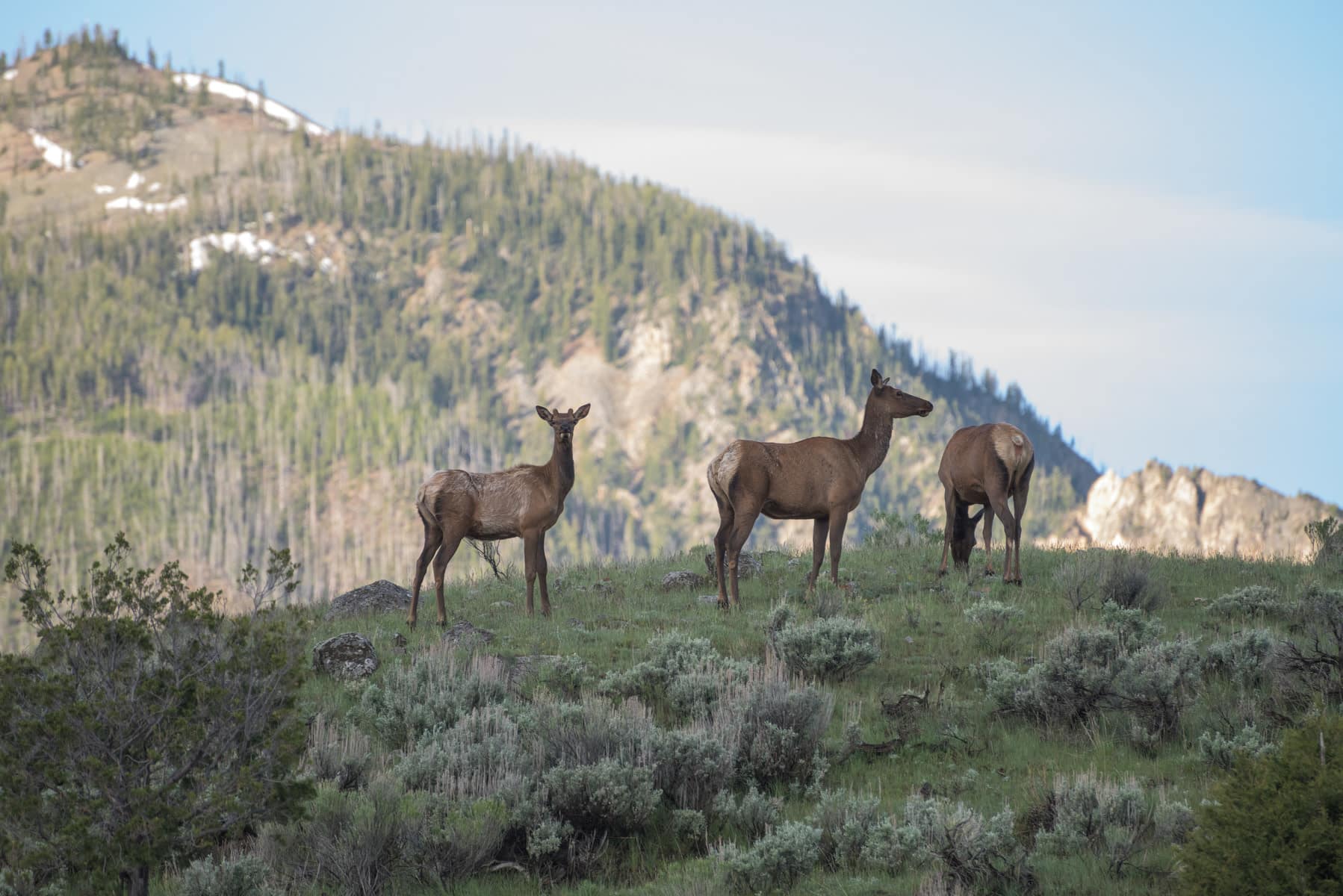
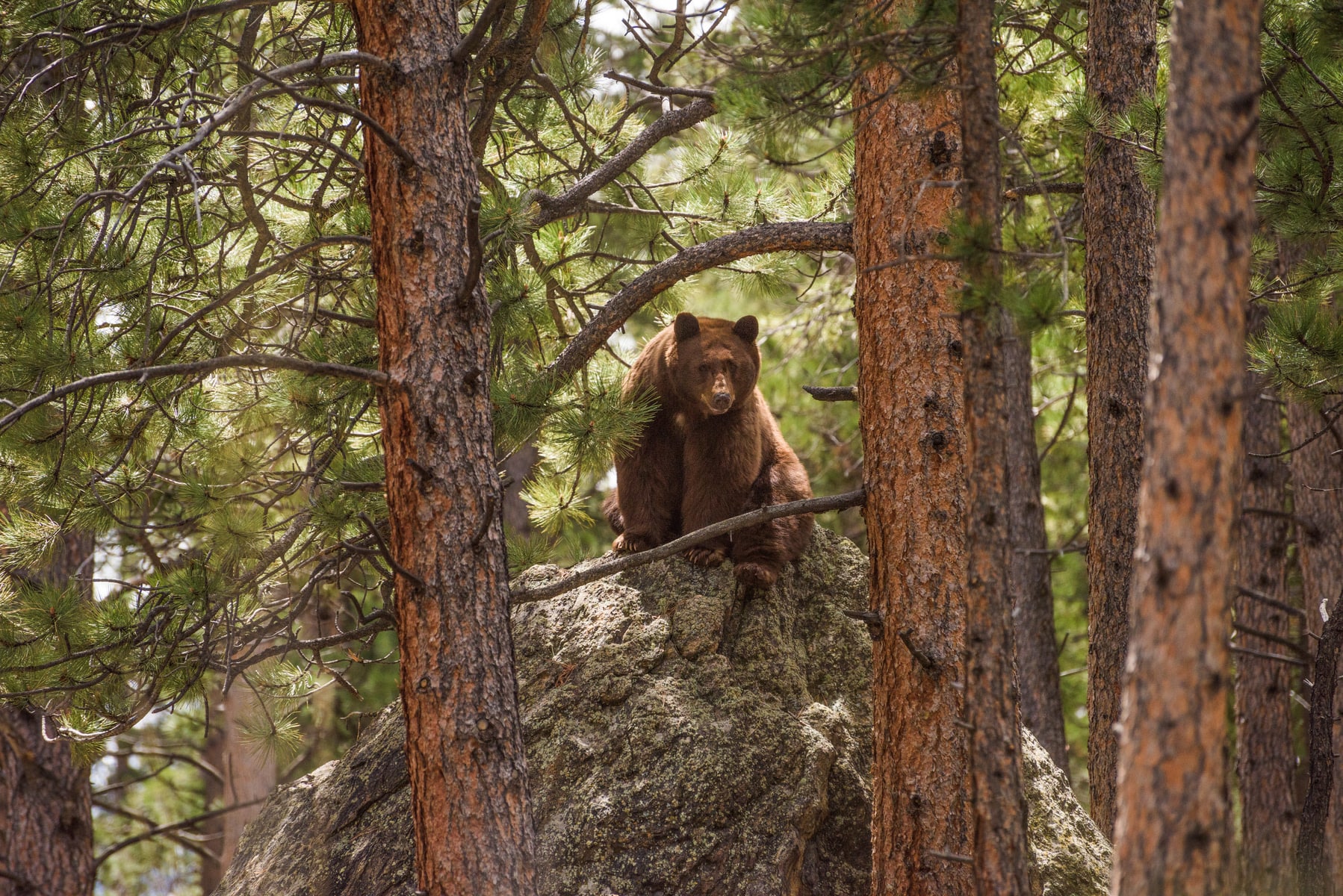
By Nathanael Asaro.
1. Nature comes first.
No matter the circumstances, the wildlife photographer should put animals and the natural environment first, and photography second. The wildlife photographer should not interrupt any natural phenomena that occur within the natural environment.
2. Wildlife conservation should be an aim of wildlife photography.
This means working to show animals faithfully in their natural habitats, leaving their routines and spaces undisturbed—not trying to manipulate the natural environment to get the perfect shot. It’s important to also be aware how your images are portraying the animals and environments you’re shooting, and whether you’re aiding or hindering wildlife conservation with your photography.
3. Be respectful of your subjects.
Wildlife should not be photographed if doing so might expose it to threat of physical harm, predation, anxiety, or impairment of reproduction. Wildlife should not be manipulated or handled in any way for the purposes of photography; if absolutely necessary, a trained expert should be enlisted for this.
4. Minimize disturbances.
Ensure that your photography process disturbs the wildlife and their environment as little as possible. The photographer should take every effort to minimize the disturbances that could occur before shooting, during shooting, or even after shooting is done. Avoiding direct flash is recommended, especially when shooting small mammals. If using an artificial light source, keep it as far away from the animal as possible—remember that some animals may be extra sensitive to light.
5. Do your research.
The wildlife photographer should be knowledgeable about flora and fauna, natural history, and related subjects such as geology and zoology. At the very least, the wildlife photographer needs a working knowledge of the animals they’re shooting. Going out to shoot without knowledge of the environment you’re in can be dangerous for both you and the wildlife you encounter.
6. Treat all wildlife with equal respect.
Common or rare, endemic or migratory, all wild animals and flora have equal rights. It is not acceptable to disturb the common species to shoot the rarer species.
7. Know the rules.
The wildlife photographer should understand the rules and regulations relating to the wildlife and nature of the country they are in before going out in the field. They should obey these rules accordingly, and should also obey any guidelines and advice offered by the relevant government authorities in the field (such as park rangers, for example).
8. Ask before shooting.
When preparing to shoot in a certain location, the photographer should check if permission is required to shoot there, and obtain permission from the relevant authority if needed. This applies especially if you are looking to shoot on private property.
9. Respect other professionals in the field.
Be careful not to disturb other people’s wildlife-focused work when in the field. If there are research studies or conservation activities happening in the area you are shooting in, be mindful of these projects.
10. Respect your fellow wildlife photographers.
If others photographers are also shooting in the area you’re in, be aware of their sight lines. When photographing in a group, minimize the disturbance you create by choosing your shots carefully and yielding space to your fellow photographers as needed.
11. Remember that you’re a visitor.
Always remember that the wildlife you are photographing was in their habitat before you got there, and will remain after you leave. Behave as respectfully as you would while visiting somebody else’s home.
12. Don’t interfere with your subjects.
It is not appropriate to manipulate wildlife or their surroundings for the sake of a photo. Following are some examples that are not acceptable:
- Spraying water to create artificial rain.
- Forcing subjects into unnatural poses, for example with strings or wires.
- Gluing or restraining subjects in order to stop movement.
- Trapping or confining subjects.
13. Leave the food at home.
Attracting animals by baiting is not recommended, and using live baits is not appropriate, nor is feeding animals. This can be a disruption to the natural diet and food chain of wildlife.
14. Blend in.
Camouflage outfits are recommended while in the field as a means of reducing the visual distraction caused by the presence of photographers.
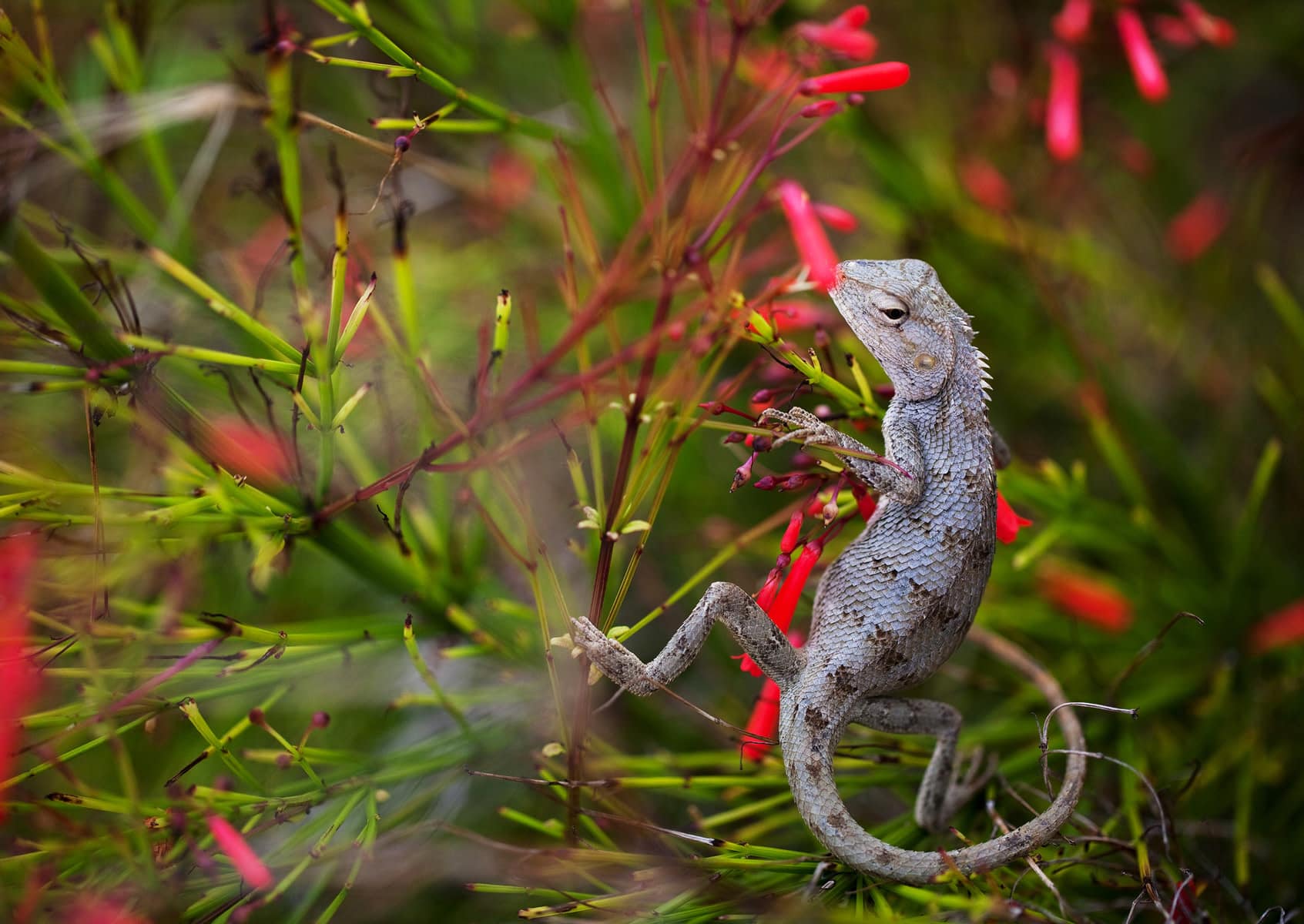
By Nathalie Priem.
15. Leave no traces.
The photographer should be aware not to damage or disturb any of the natural habitats around them while shooting. The environment should look the same way when you leave as it did when you arrived. Even small actions like removing branches from around a bird’s nest may be disruptive to an animal’s habitat.
16. Bring a guide if needed.
If shooting in an unfamiliar location, it is advisable to bring a guide who knows the area well. A thorough knowledge of the environment is beneficial for your own safety and for that of the plants and animals you encounter.
17. Approach only with caution.
Approaching a wild animal must be done with great care, and should be undertaken by only those with a good knowledge of the behavior of the animal in question. Getting that close-up shot is nice, but it’s not worth it if it means causing distress to wildlife. Be sure to research whether or not it may be safe and appropriate to approach the animal you’re shooting. A telephoto lens is a useful investment for any wildlife photographer.
18. No selfies.
Avoid trying to get into the shot when photographing wild animals. This means no selfies. It may be tempting, but it’s likely to disrupt or alarm the animals you’re shooting.
19. Photograph endangered species with extra caution.
If an animal is endangered, or known to be a target of poaching, publishing photographs of them may have negative consequences. If poaching is a concern, it may be advisable to refrain from sharing when and where the image was taken in order to avoid giving this information to would-be poachers. When it comes to endangered animals, always be mindful of whether or not sharing photographs may further endanger the animal and its habitat. Removing EXIF data from a photo will ensure that GPS coordinates will not be attached to it.
20. Do no harm.
Killing or in any way harming animals, whether before or after photographing, should never be part of wildlife photography.
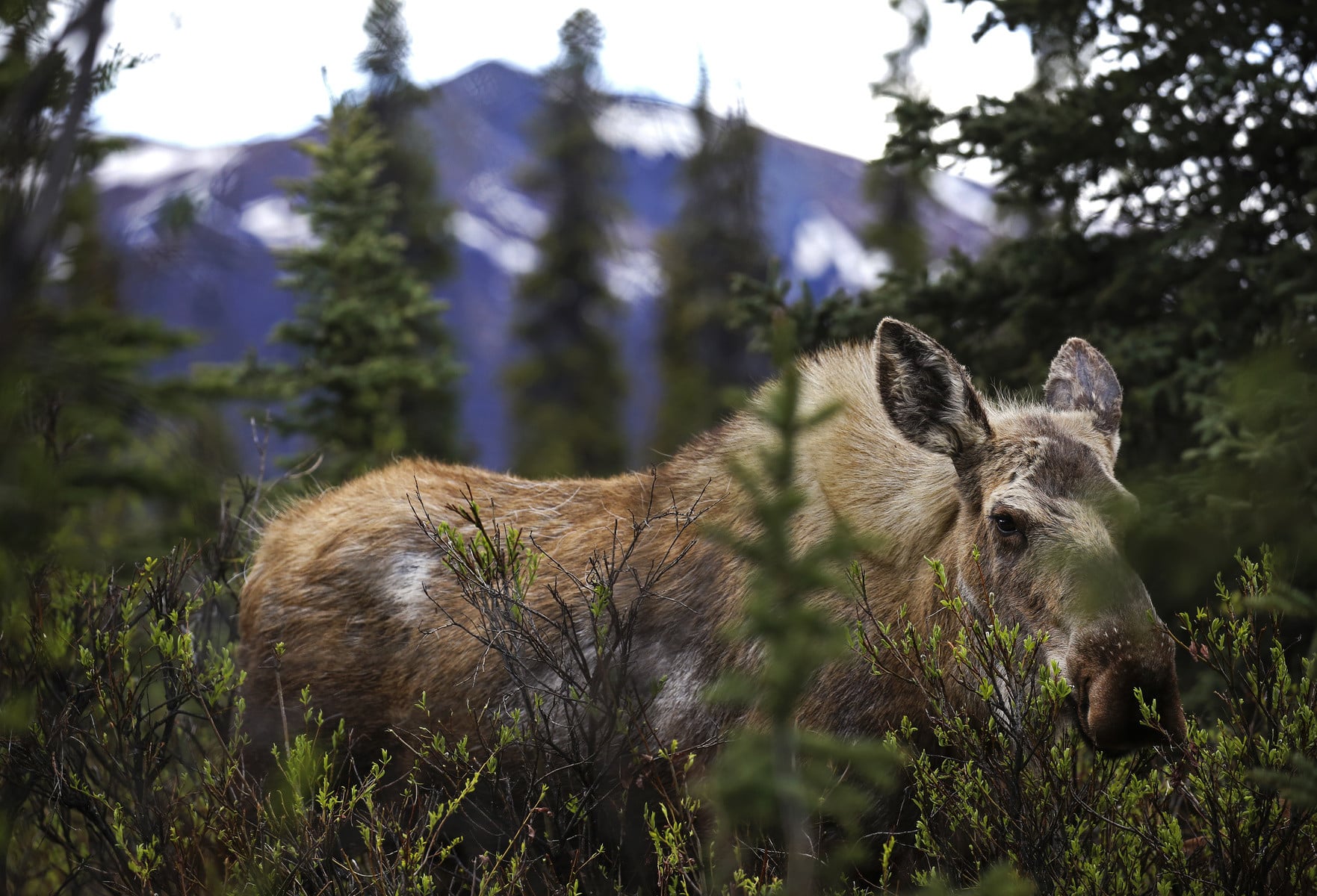
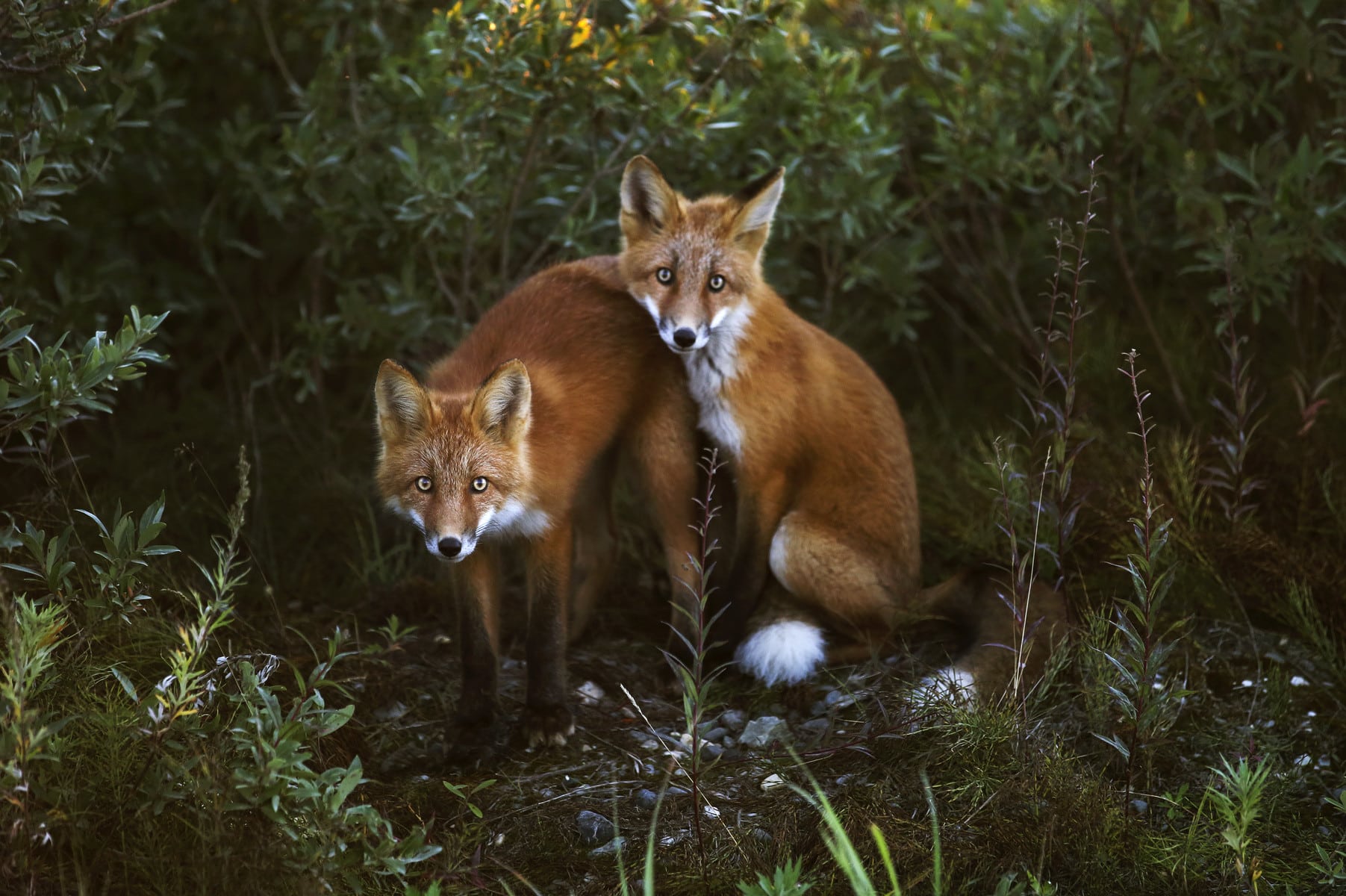
By Emily Mesner.
